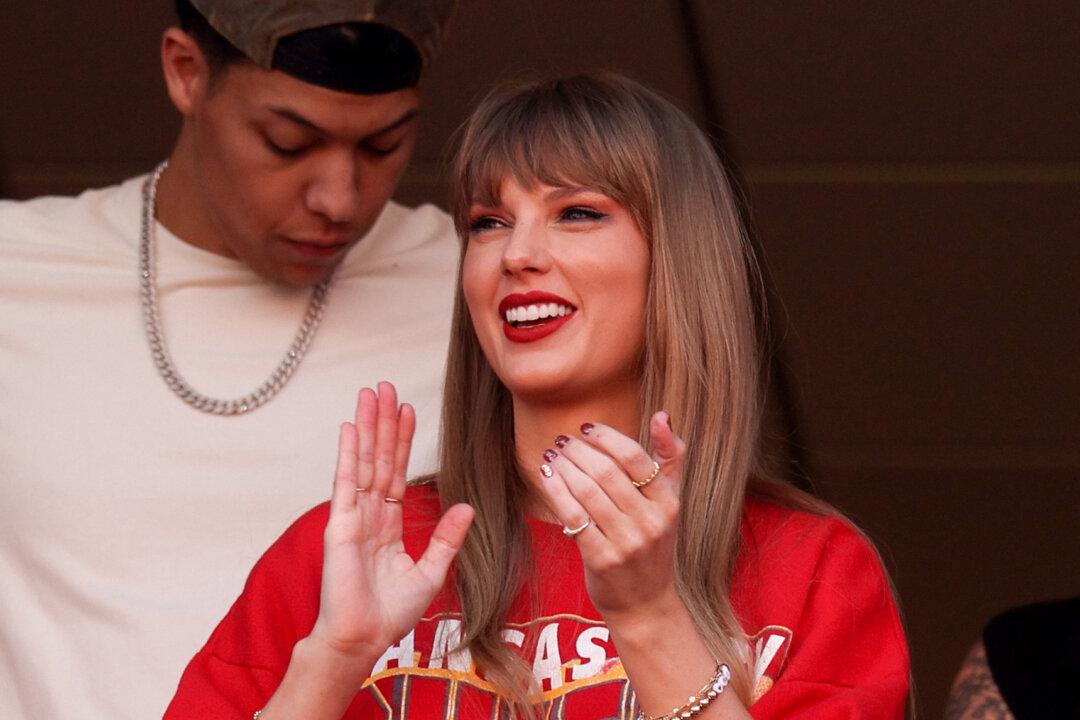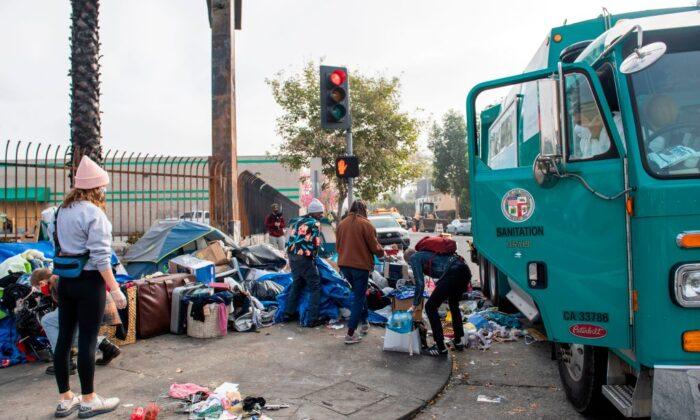The 64 percent negative majority held across sex, race, economic, and educational lines. Two-thirds of men, nearly two-thirds of women, 64 percent of whites, and 63 percent of nonwhites thought public schools were on the wrong track. Some 67 percent of people sharing homes with children younger than age 18 agreed. The only serious disparity fell along party lines: 83 percent of Republicans polled responded that they thought public schools were headed in the wrong direction, compared with 44 percent of Democrats (still a plurality).
Furthermore, polls consistently showed that majorities of parents had rated their children’s teachers as “excellent” or “good,” even though those ratings had been trending downward since the 1970s. Now educators are in the doghouse as far as the public is concerned.
What happened? I’m going to offer some suggestions. On March 8, the Florida Senate passed the Parental Rights in Education Act, which forbids classroom “instruction” or “discussion” about sexual orientation and gender identities in grades K–3 and applies age-appropriate restrictions in higher grades. A few weeks later, Florida Gov. Ron DeSantis, a Republican, signed the measure into law. The legislation, dubbed “Don’t Say Gay,” and similar measures pending in other states set off a nationwide furor among progressive politicians, Hollywood celebrities, mainstream media pundits, and, especially, public-school teachers in Florida and elsewhere.
The teachers began voicing their opinions in media interviews and in TikTok videos—and what the videos revealed was that a significant number of teachers wanted to talk about their own sexual identities to the youngsters that they were supposed to be teaching.
“I don’t want to have to hide that my partner and I went paddleboarding this weekend,” Bernaert said.
Watching the MSNBC video, I thought: What? When my peers and I were in kindergarten—and right up through high school—we never spent a single minute wondering about our teachers’ home lives and much less did we want to hear about them. As far as we were concerned, teachers, love them or hate them, were abstract authority figures who had no connection with our own personal lives. We never thought about what they did outside school, and we certainly had no desire to “build relationships” with them, much less share stories about how we spent our weekends.
It’s impossible to think that watching these classroom exhibitionists display their interest in sending secret signals about sexuality to children hasn’t had an effect on parents. On April 7, the Alabama legislature voted overwhelmingly to make it a felony for doctors to prescribe puberty blockers and opposite-sex hormones or to perform gender-transition surgery for people younger than age 19. And at least a dozen states have legislation pending that mimics Florida’s.
All this comes on top of the educational establishment taking a similar anti-parent stance on teaching the tenets of critical race theory (CRT)—the idea that white people are racist by nature and that “systemic racism” and “white privilege” permeate every aspect of American life. Nonetheless, parental revulsion against the promotion of this ideology in public schools has led to a nationwide grassroots rebellion against CRT-promoting school boards—and the election of Republican Glenn Youngkin as governor of Virginia in November 2021 after he ran on a promise that parents, not self-proclaimed educational experts, would have ultimate control over their children’s education. Meanwhile, 36 states have passed or introduced legislation banning the promotion of CRT in schools.
Not surprisingly, private-school enrollment is spiking across America, as is homeschooling by parents themselves. At least 10 states have experienced an erosion in public school enrollment from 2019 to 2022. The COVID-19 pandemic is obviously partly to blame. But the Selzer poll in March indicates that more than 60 percent of Americans believe that something is seriously wrong with the way the public school system itself is heading.
That should give pause to the media and the educational establishment that are so eager to dismiss parents and their concerns.





